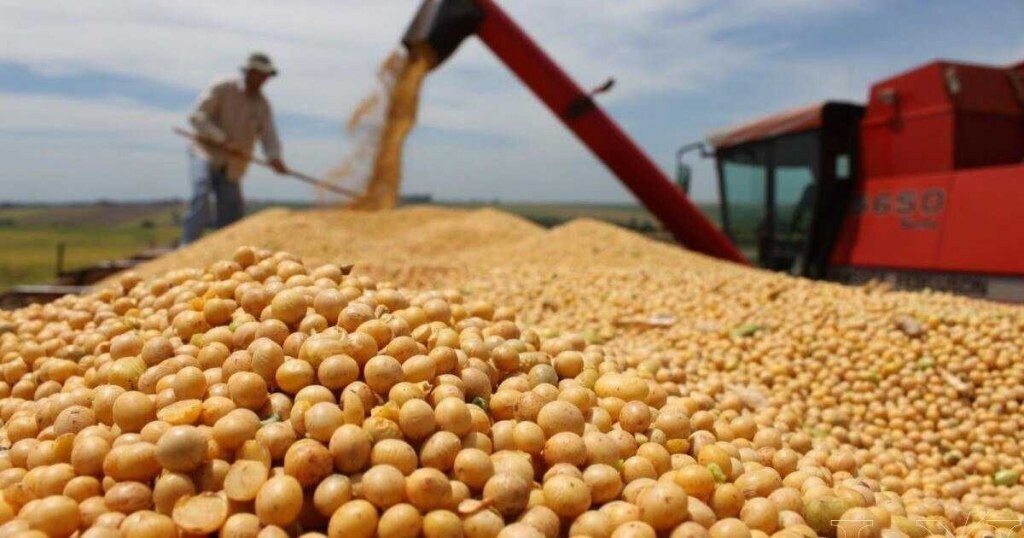
In the current context of the agricultural market in Argentina, producers do not feel an immediate pressure to sell their products, except to fulfill prior commitments. It is important to highlight the case of soybeans, where sales to both exporters and the oil industry have occurred between January and February, although this was not in response to the reduction in withholdings, but due to the need for liquidity.
Currently, there are about 12 million tons of soybeans stored that are expected to be sold gradually until the new harvest in May 2025. Soybean prices play a fundamental role, trading at 313 dollars per ton, with a premium on the April position. Despite the temporary reduction in withholdings on soybeans, wheat, and corn, announced in January, producers have not significantly increased their sales, affecting the influx of foreign currency into the country.
Pablo Adreani, an expert in agricultural markets, points out that several factors explain this situation, including that the reduction in withholdings did not reflect in the sale prices, which discourages producers. On the other hand, corn sales have shown greater mobility due to the proximity of the harvest and the declaration of sales by exporters.
Regarding the retention of foreign currency from exports, it remains a relevant issue due to the predominance of soybeans in this aspect. The impact of drought, uncertainty about production volume, and regulations regarding foreign currency entry are some of the reasons that explain the retention by producers.
Despite the increased activity in corn sales, the flow of foreign currency is conditioned by the situation of soybeans. Uncertainty and restrictions in marketing have led to the tax reduction not significantly impacting prices. The coming months will be marked by weather, prices, and policies affecting the agricultural sector in Argentina, where producers continue to adopt a wait-and-see approach regarding market conditions.














